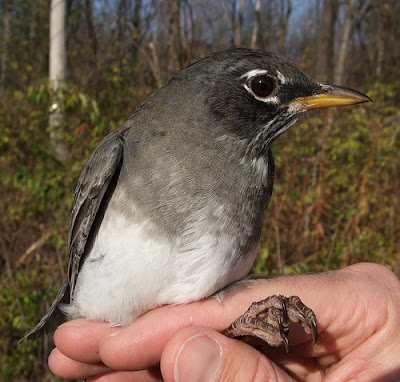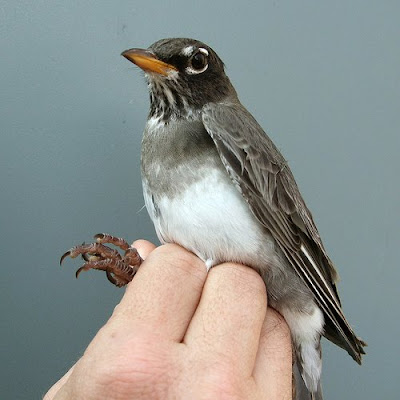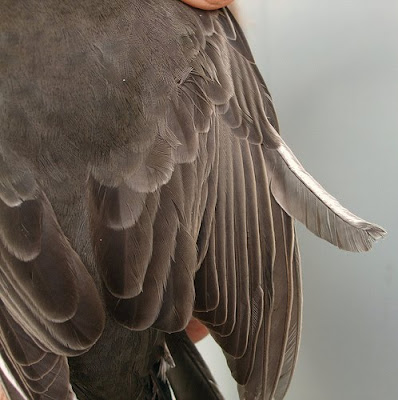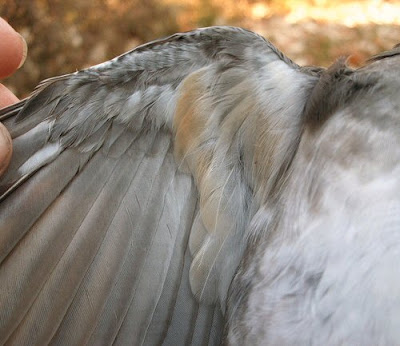 The annual Christmas Bird Count (CBC) season is nearly upon us. The count in which I have participated the longest is the Detroit River MI/ON CBC, because the city of Dearborn is within the count circle. In 1995, RRBO started coordinating the Dearborn portion of the count, so there is intensive coverage in the city, and I keep a separate tally of the numbers in Dearborn before they are added into the count totals.
The annual Christmas Bird Count (CBC) season is nearly upon us. The count in which I have participated the longest is the Detroit River MI/ON CBC, because the city of Dearborn is within the count circle. In 1995, RRBO started coordinating the Dearborn portion of the count, so there is intensive coverage in the city, and I keep a separate tally of the numbers in Dearborn before they are added into the count totals.The CBC issue of American Birds, published by National Audubon, contains summary information and various analyses of CBC data. One standard article is the summary of highest counts of individuals for the U.S. Last year, the Detroit River count had a highest number of House Sparrows -- 4537 -- of any of the 1673 counts held in the U.S.
 A quick look at my numbers showed that 77% of those House Sparrows were counted in Dearborn, and 3255 of them (72%) were counted in the various sunflower/wildflower fields planted by Ford -- 2400 in a single field, as I noted in my blog post last year. The Detroit River count also had the highest number of House Sparrows in the 2006-2007 count (5168), of which 57% were from Dearborn.
A quick look at my numbers showed that 77% of those House Sparrows were counted in Dearborn, and 3255 of them (72%) were counted in the various sunflower/wildflower fields planted by Ford -- 2400 in a single field, as I noted in my blog post last year. The Detroit River count also had the highest number of House Sparrows in the 2006-2007 count (5168), of which 57% were from Dearborn.Does this mean that Dearborn, or the metro Detroit area, has the highest concentration of House Sparrows in the country? Hardly. Over the years, I've given some thought to the accuracy of counts of very common species considered "trash" by most birders, particularly House Sparrows, European Starlings, and Rock Pigeons. Let's face it: most people participate in CBCs and other bird counts in order to see what "goodies" might be found, not to spend the time it takes to get accurate counts of House Sparrows. I usually see numbers of mundane species coming into compilations as ballparked figures, especially in urban areas where counting these species can be tedious.
There is great value in being meticulous about counting very common species of birds. For nearly 20 years, I've conducted a Winter Bird Population Survey. I'm sure glad I took the time to count American Crows the first ten years or so (and there were often hundreds), because since West Nile virus hit town, numbers plummeted and have not recovered.
Despite whether you care about or like House Sparrows or other common birds, take the time to get reliable numbers on the various counts you participate in. These citizen science projects are some of the best sources of long-term population data we have, and their integrity may be jeopardized by "garbage in, garbage out."
In 2003, I co-authored a paper published in Ontario Birds summarizing the first 25 years of the Detroit River CBC. You can download a PDF copy here.
Thanks to Diane Newbery for publishing this House Sparrow photo under a Creative Commons license.





